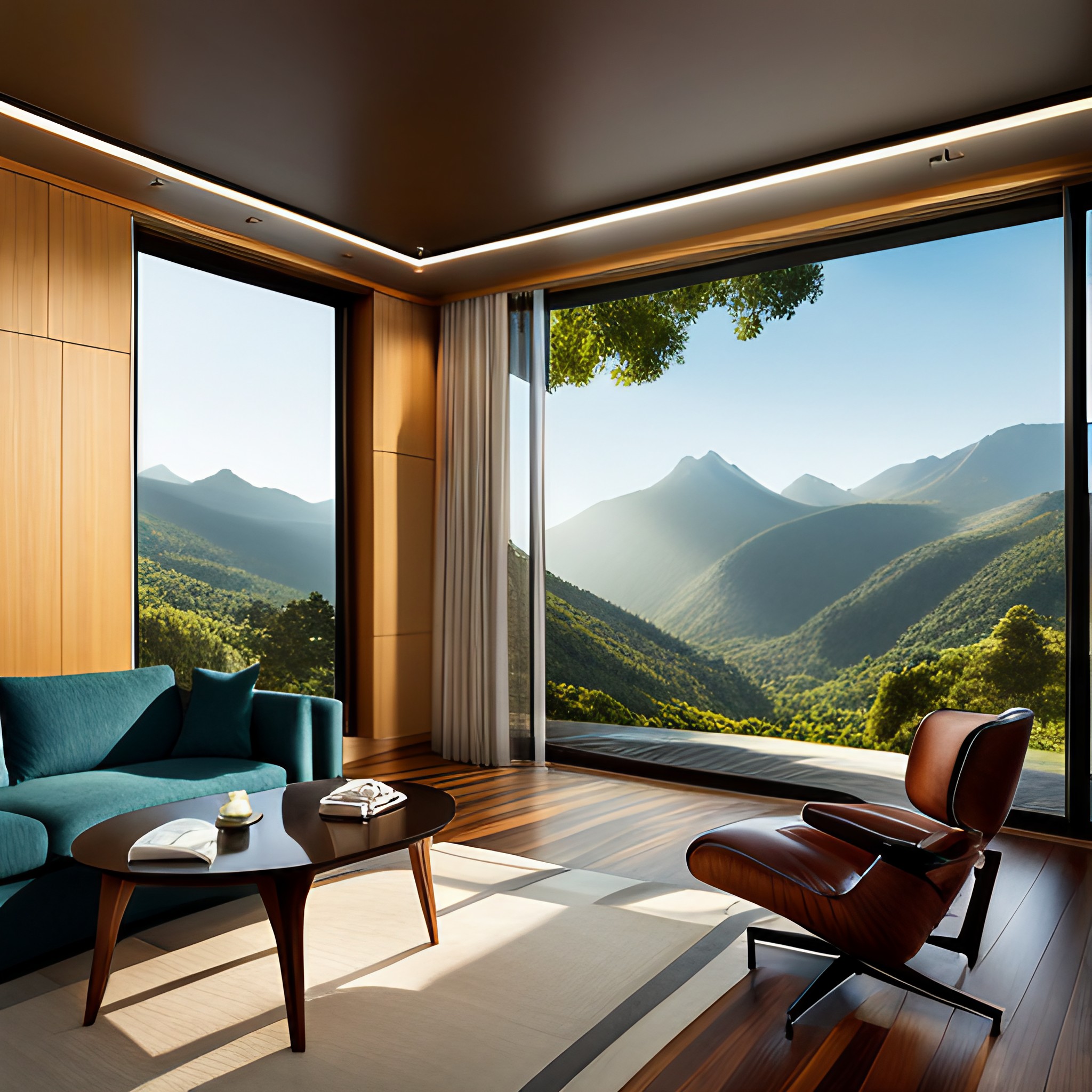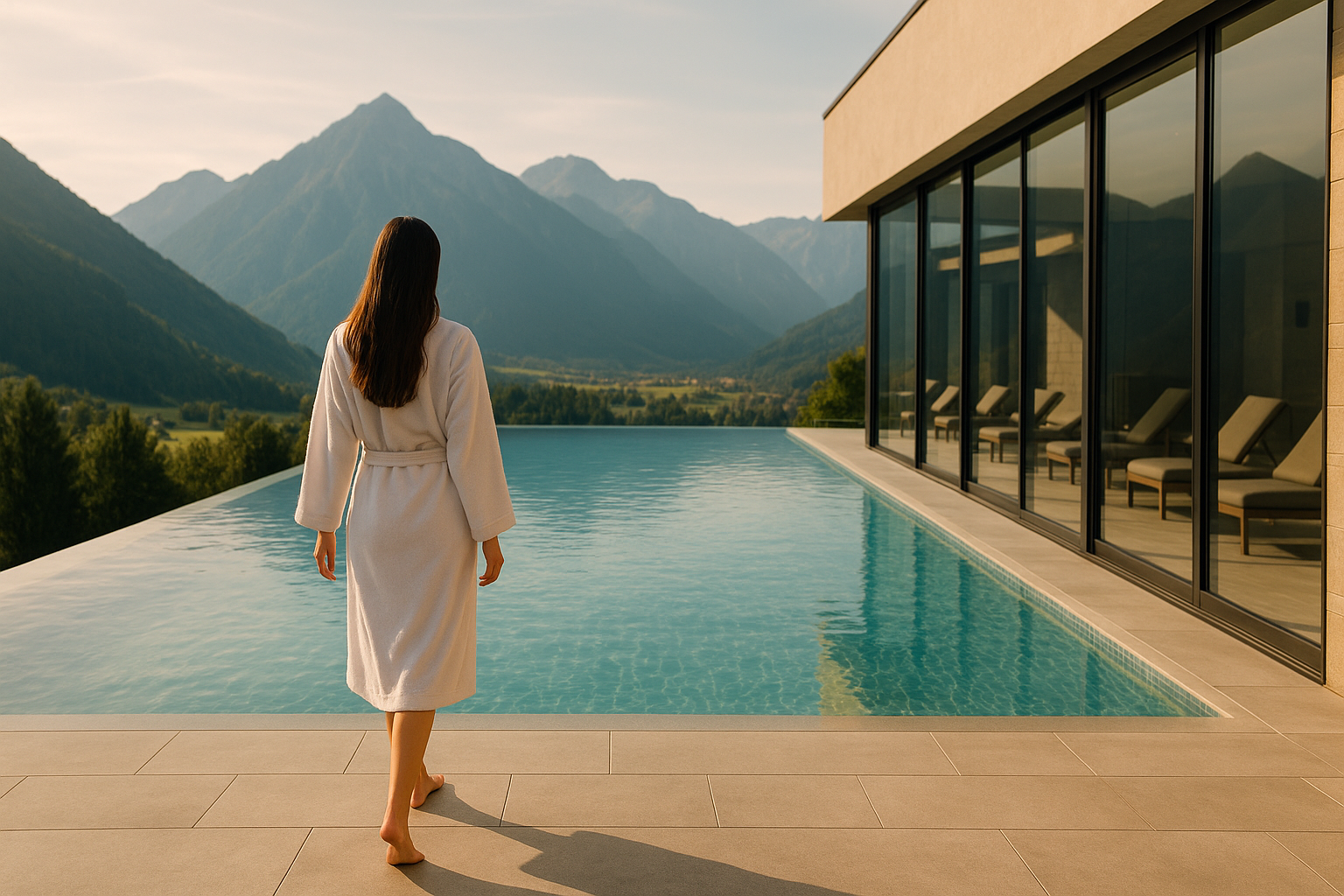Maximizing Revenue: The Art of Room Pricing in Hospitality

Unlocking Potential with Room Diversity
As a revenue or business manager in the hospitality industry, the diversity of rooms and suites in your establishment is one of your most potent weapons. This variety allows you to position your hotel or guesthouse uniquely in the market, setting you apart from the competition. By mastering the art of offering different room categories to the right guests at the right price, you can establish a successful pricing model and boost your revenues.
The Challenge for Smaller Establishments
From a revenue management perspective, smaller accommodations face unique challenges. Imagine a quaint establishment with a limited number of rooms, offering a cozy sauna and a relaxing whirlpool. There isn’t space or budget for gourmet dining or Michelin-star chefs, so the focus shifts to high-quality, abundant breakfasts. How else can such a place attract guests? Through pricing? Atmosphere? Satisfied customers? Another powerful tool is having original room names or categories that enhance the uniqueness of the accommodation. Coupled with a well-crafted pricing policy, these names can work wonders almost instantly.
Emotional Purchasing
When seeking something special, like a charming place to stay, budget considerations often take a backseat. Conversely, a captivating property can prompt a guest to adjust their budget accordingly. This is where combining revenue management principles with creative room names can make a significant difference.
Inspiration from Unique Names
I recall a consultation with a client about naming a one-room establishment in an attractive location. Have you heard of the “One Room Hotel” in the Žižkov Television Tower? Although we didn’t end up collaborating, the owners adopted our naming idea, which proved successful. It’s heartening to see hoteliers breaking away from the standard “double room” labels.
For instance, the Adamův Dvůr guesthouse in the Czech Republic names its rooms whimsically, such as “Squirrel’s Den,” “Cubist Trough,” and “Under the Bridge.” As a potential guest, these names instantly convey a sense of uniqueness and charm, assuring me that the place is special.
Luxury hotels also benefit from creative naming. The Luxury Spa Hotel Olympic Palace in Karlovy Vary calls its spacious rooms “Junior Suite Skyfall” and “Suite Olympic,” while the newly opened Republika Hotel & Suite names its premium suite “Republika Suite.” These distinctive names attract more attention and reservations compared to generic names like “Suite” or “Junior Suite.”
Crafting Creative Room Names
There are several ways to choose creative and original room names, even in a typical city hotel. When we take over revenue management for a hotel, we list all room features and differences to make informed decisions.
Consider these factors:
- Floor location
- View or orientation
- Room size in square meters
- Bed size and number
- Room layout
- Number of permanent beds and extra beds
- Child accommodation options
- Additional characteristics (attic, ground floor, balcony, etc.)
- Bathtub or shower
Based on these details, we categorize rooms and brainstorm names, considering the overall concept of the establishment. During brainstorming, no idea is too wild; even the craziest name can inspire the perfect choice.
The Importance of Proper Room Segmentation
Linking room categories with pricing policy is crucial. Room categories enable upselling, which aims to increase the average selling price. Segmenting rooms based on their features improves market positioning and facilitates detailed pricing structures with various price levels, appealing to a broader range of potential guests.
Not everyone has unlimited funds when choosing a room. Some guests always seek the lowest price, while others are willing to pay more for luxury. It’s akin to choosing between different models of mobile phones or cars.
Dynamic Pricing Strategy
Early revenue management involved fixed seasonal pricing and room categories. However, this approach is outdated. Dynamic pricing allows for price adjustments up and down, reflecting real-time demand.
The advantage of a dynamic strategy with various room categories is that when one category sells out, guests naturally shift to more expensive options. Room categories effectively become pricing categories.
Overbooking and Occupancy Increase
Dynamic pricing also lets you maintain high occupancy during slower months by keeping standard room categories open at consistent prices. With a front desk system or revenue management system, you can define overbooking limits for each room category and day.
Surcharges for Higher Categories
To boost RevPAR, implement surcharges for different room types. The price differences between categories shouldn’t be static throughout the year. To maximize RevPAR, sell rooms at the highest possible price to the most guests. Define price increases based on parameters like weekends vs. weekdays, seasons, months, and current demand.
Regularly review how room types sell and adjust prices if necessary. If a room isn’t selling at its current price, it’s time for a change.
Stepping Out of the Comfort Zone
There’s a misconception that a successful establishment must achieve 100% occupancy. The truth is, having rooms available is normal, and the goal is to find the right balance between high occupancy and optimal RevPAR. Revenue managers must learn to step outside their comfort zones, adjusting prices by small amounts can significantly impact last-minute bookings.
Instead of selling out the lowest category, try reducing the surcharge for higher categories and selling more of those rooms. Ask yourself, will you sell more standard rooms at standard prices or luxury suites at competitive prices?
Leveraging Your Potential
Every day, we see the wonders of creative room names and dynamic pricing across room categories. Average prices rise, and guests are more likely to book when surcharges for higher categories are reasonable and fluctuate with demand. In city hotels and smaller establishments, we often use increments of 5-10 Euros or 50-100 CZK. Resort, wellness, or boutique hotels can afford slightly higher surcharges. It all depends on demand. This strategy boosts average prices and RevPAR every time it’s implemented. Try it out.
Embrace Dynamic Pricing
Dynamic pricing means constant adjustments. Utilize your establishment’s potential to the fullest—sell rooms smartly. Good luck!








